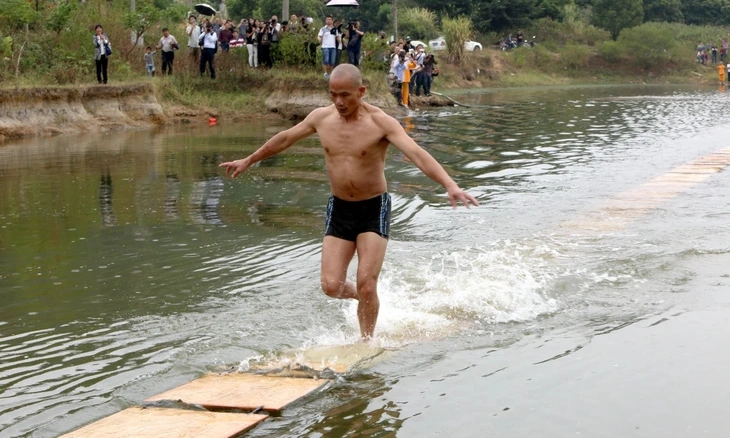
Shaolin monk Shi Liliang performs water-floating kung fu - Photo: XN
How real is lightness skill?
Of course, no matter how much a fan of Jin Yong's novels, today's readers are sober enough to realize that such a description of lightness skill is completely impossible to appear in real life.
But in fact, qinggong is still a familiar skill of Chinese kung fu. So in real life, how much of qinggong is as described by Kim Dung?
Although no school has confirmed the concept of “lightness skill” of jumping without touching the ground, many traditional Chinese martial arts schools still maintain exercises for body movements, jumping, and balancing that people call “lightness skill”.
Shaolin is the first school to record the practice of qinggong. Shaolin monks practiced jumping poles, stepping on narrow logs, climbing steep walls, and carrying sandbags to increase their weight when practicing jumping.
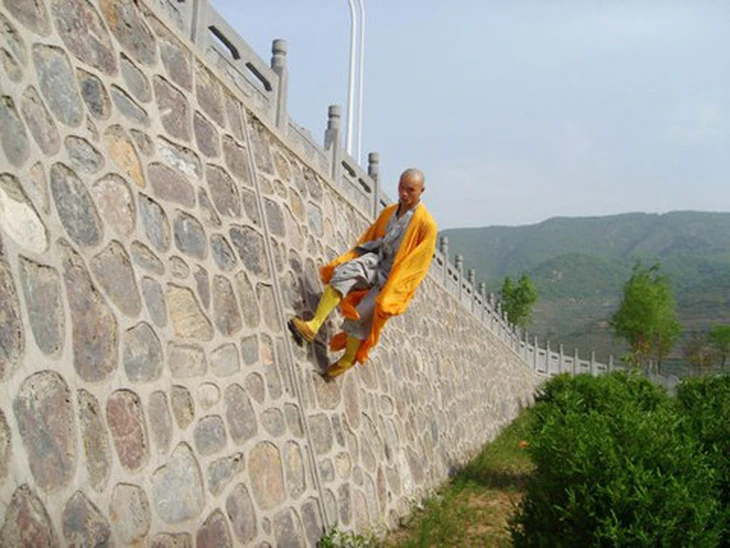
Many Shaolin monks practice lightness skill - Photo: CN
The goal is that when they remove the heavy object, they feel the weight is lighter and their steps are more flexible.
In addition, Shaolin is also noted for its practice of “light kung fu” as a branch of external kung fu, which are normal martial arts training methods.
A notable real-life example is Shaolin monk Shi Liliang from the Southern Shaolin Temple (Fujian). This monk performed a 125-meter run on water by stepping lightly on floating wooden planks.
He used nearly 200 connected floating planks to create a path, then ran lightly and kept his balance.
In an interview, monk Shi Liliang said it took him 9 years to practice this light-body technique - known as "Flying on Water".
In the novel The Legend of the Condor Heroes, Kim Dung created a martial arts master named Cuu Thien Nhan, nicknamed "Iron Palm Floating on Water", considered to have the highest lightness skill in the novel.
However, Kim Dung also made it clear that "floating on water" does not exist in real life, and such a nickname is just an exaggeration.
From a physics perspective, the buoyancy of water is not enough to support the entire body weight. To move on the surface of water (like the basilisk lizard), humans need very high leg speeds — by some calculations, about 30 m/s (equivalent to ~108 km/h).
This is a number that exceeds the limits of the human body, equivalent to running 3 times faster than Usain Bolt - the fastest person on the planet.
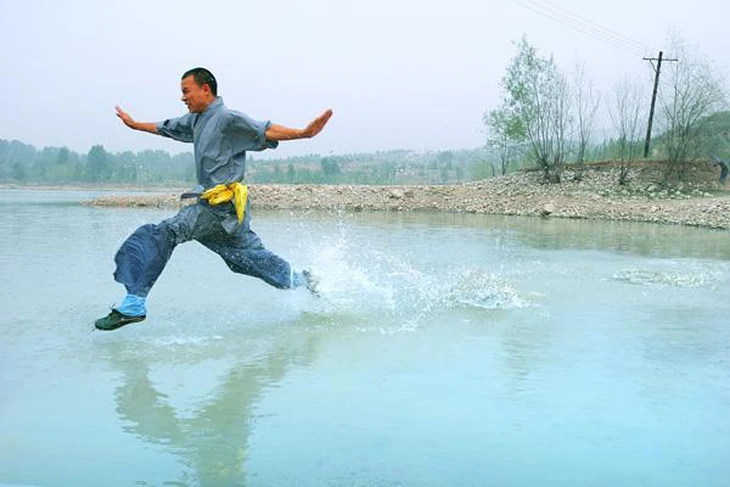
Images that only exist in movies, or camouflage performances - Photo: CN
Scientists have calculated that if a person tried to run on water like in the story, they would sink at the first step because the force of gravity exceeded the buoyancy.
Today's Chinese martial arts community all admit that qinggong is actually just the ability to glide lightly and gracefully on thin, light surfaces.
In other traditional martial arts schools such as Wudang, Nga My... there are exercises such as pole jumping, jumping, moving over low walls, and balancing on small surfaces. All of them aim to practice lightness skill, or more practically, "lightness body technique".
Lightness and parkour
While Eastern martial arts were still tirelessly exploring the limits of lightness, Westerners developed a similar discipline called parkour.
Parkour is a street-based sport of jumping, climbing, and overcoming obstacles – considered the urban version of “lightning.”
In East Asian countries, many people in the parkour community say they are influenced by Chinese martial arts movies, where characters jump over walls, jump over roofs, and move as fast as the wind.
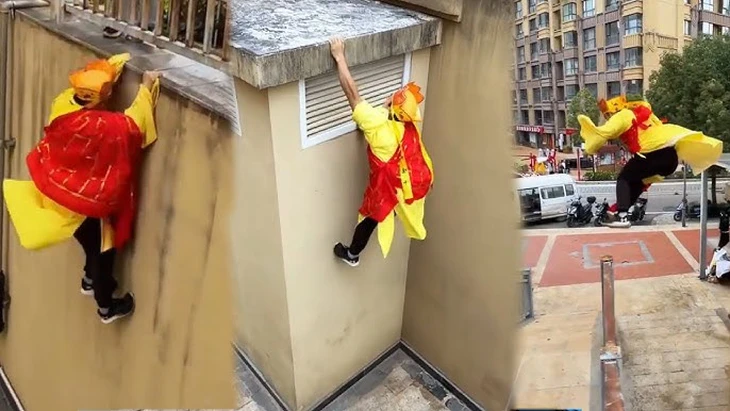
Many parkour artists have learned qinggong - Anh3L PP
In China, many parkour players go to traditional martial arts schools to learn “light body techniques” or wall jumping, and in return, martial arts schools invite parkour instructors to teach their students how to move around obstacles.
Parkour relies heavily on physics, grounding techniques, and muscular jumping – not on internal strength or qigong. While not strictly “traditional qigong”, it is a practical embodiment of qigong in the modern world .
Compared to jumping over walls and flying quickly in Chinese swordplay movies, parkour has truly realized the legend of "lightness skill" in a more intimate way.
It's not as simple as just bouncing your feet to get over a wall. Practitioners of traditional Chinese light body techniques or modern parkour can get over a 3m high wall with just two touches of their feet.
Source: https://tuoitre.vn/khinh-cong-ngoai-doi-that-duoc-may-phan-cua-truyen-kim-dung-20250930100824634.htm



![[Photo] Hanoi morning of October 1: Prolonged flooding, people wade to work](https://vphoto.vietnam.vn/thumb/1200x675/vietnam/resource/IMAGE/2025/10/1/189be28938e3493fa26b2938efa2059e)





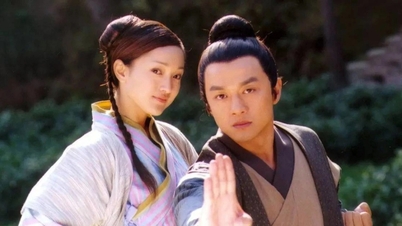








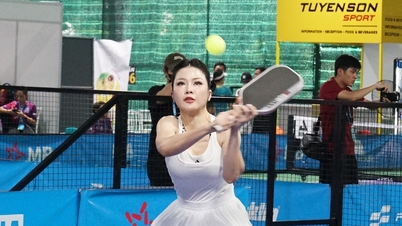














![[Photo] President Luong Cuong receives President of the Cuban National Assembly Esteban Lazo Hernandez](https://vphoto.vietnam.vn/thumb/1200x675/vietnam/resource/IMAGE/2025/9/30/4d38932911c24f6ea1936252bd5427fa)
![[Photo] Panorama of the cable-stayed bridge, the final bottleneck of the Ben Luc-Long Thanh expressway](https://vphoto.vietnam.vn/thumb/1200x675/vietnam/resource/IMAGE/2025/9/30/391fdf21025541d6b2f092e49a17243f)


























































Comment (0)